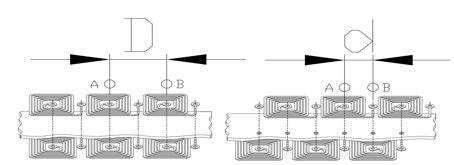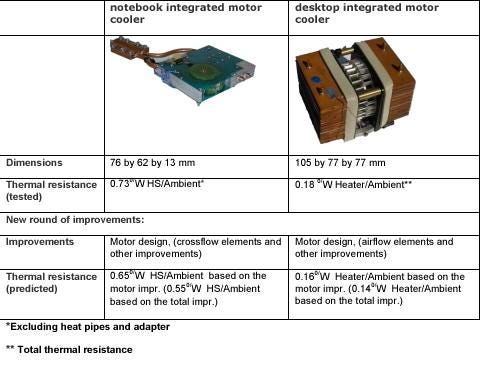February 17, 2014

Providing maximum cooling within a compact space has always been a challenging task. Over the last decade, a number of highly efficient solutions have been developed based on the principles of advanced integrated design. Employing each cooler internal component (blower, motor, heat sink, etc.) for more than one function results in a more compact and efficient design while increasing the unit's cooling capacity.
Several years ago, linear drives were developed that could propel different objects along a thin PCB track. This was done using stator-rotor elements similar to the PCB motors used previously for integrated cooling solutions. This task proved challenging, because the linear drive uses only a few stator coils and a few magnets for propulsion, compared to 30-40 pairs of coils-magnets for a radial motor. The inefficiency of the drive required a higher electrical current, which substantially heated the coils. During initial testing, the track's temperature rose so high that the permanent magnets on the moving objects were demagnetized.
Clearly, a new design and approach were needed. After an analysis of the basic equations for the motion of the moving objects, it was realized that increased current wasn't the only way to move objects better. It is a well-known fact that the mechanical force propelling the motion is inversely proportional to the squared distance between the center of the magnet and the center of the coil. (F∝1/D2). Reducing the distance between the coils' centers in half would quadruple the force. The distance between the rotor magnets would also be reduced proportionally.

Prototype testing proved that the new solution results in lower power consumption and lower track temperature.
Improving the integrated radial motor
The same principles of the linear drive described here would apply to any radial drives (motors). This approach for blowers, electronic coolers, HVAC systems, linear drives, etc. is based on functional integration of the internal components (motor elements, fans and/or blower elements, heat exchanger parts) and allows some of them to serve several functions concurrently. For example, the products shown in Figure 2 have fan blades manufactured from magnetic materials that turn a traditional fan into a rotor part of the motor. The stator coils are printed into the heat sink's casing or cover, and most of the heat sink is integrated inside the blower space.

Since the performance of the electronic coolers depends on the unit's volume, such integration of internal parts lets designers produce larger, more efficient heat sinks and more powerful motor blowers -- all in a confined space. Integrating the stator and rotor also optimizes the motor's form factor by providing a maximum diameter for the rotor-stator interaction while maintaining the minimum thickness due to the unique cross-flow physics and form factor.
Ed Lopatinsky is president of Industrial Design Laboratories Inc. He has 30 years of invention, technical, and business management expertise. He is the inventor of new motors and advanced thermal cooling technology and holds more than 70 patents in motors, thermal management systems, and other fields. He holds a master of science degree in mechanical engineering.
Related posts:
About the Author(s)
You May Also Like



